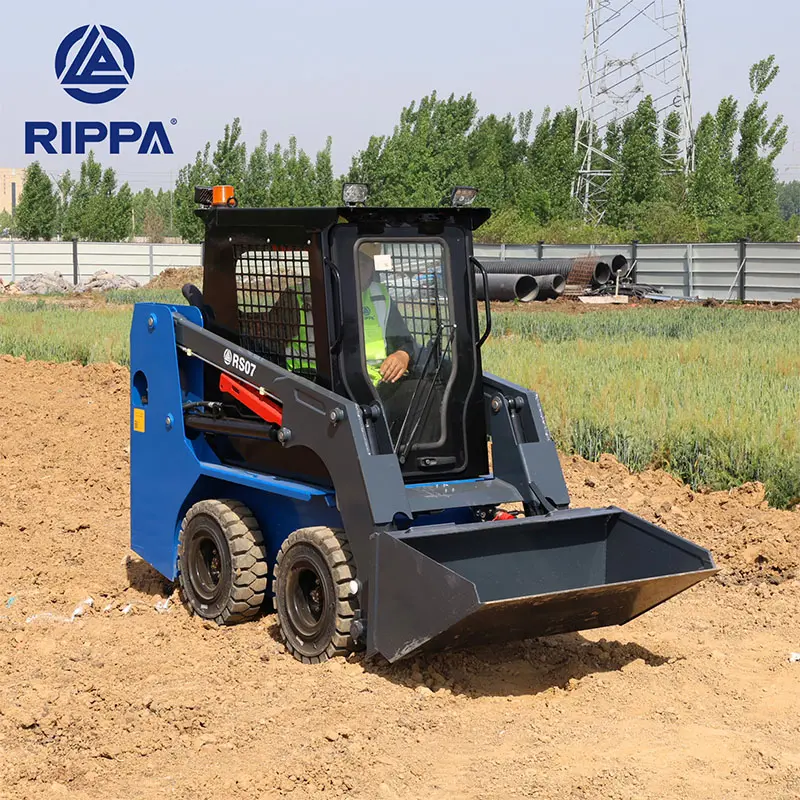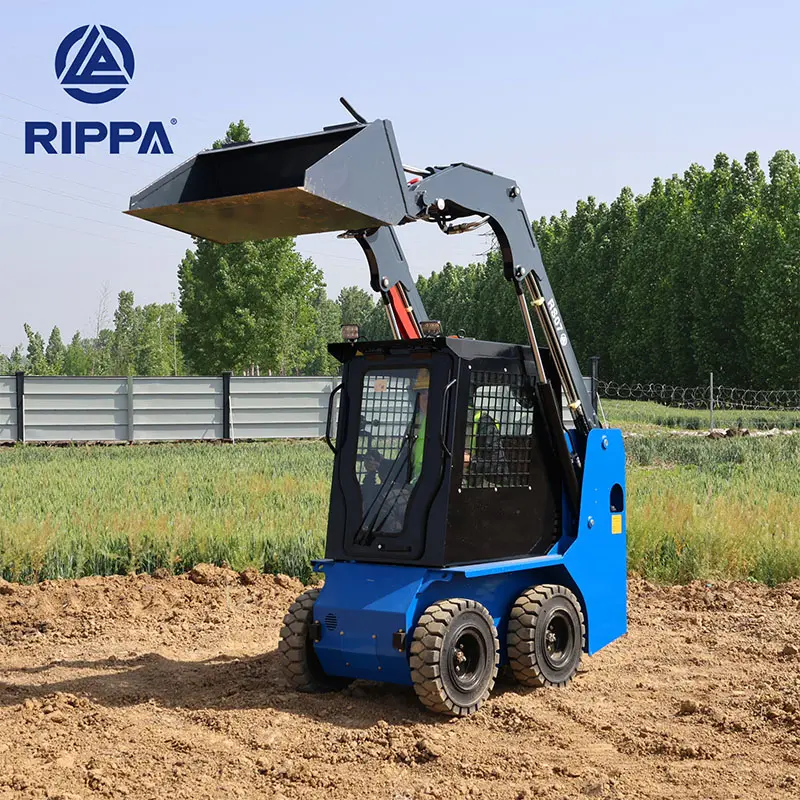
For contractors in North America and Europe, choosing the right type of skid steer loader can make or break project efficiency. The two main options are track skid steers and wheel skid steers. Both have unique advantages, but which one is right for your business?
Track Skid Steers – Built for Stability
Track skid steers use rubber or steel tracks instead of wheels, making them perfect for soft, uneven, or muddy ground.
Advantages:
Superior traction on mud, sand, or snow
Lower ground pressure, reducing soil damage
Higher stability on uneven surfaces
Best for: Forestry, landscaping, agriculture, and projects in challenging terrains
Wheel Skid Steers – Speed and Versatility
Wheel skid steers are more common on urban job sites and industrial yards.
Advantages:
Faster travel speed on paved surfaces
Lower operating and maintenance costs
Better fuel efficiency
Best for: Warehousing, roadwork, port operations, and general construction

Cost Considerations
Track skid steers are typically more expensive and have higher maintenance costs due to track wear. Wheel skid steers are cheaper to maintain but struggle in rough terrain.
Which One Should You Choose?
Urban projects and logistics → Wheel skid steer (RS10)
Forestry, landscaping, muddy terrain → Track skid steer (RS06-2 or RS20 track version)
Final Thoughts
Your investment should match your job site conditions. For contractors working across multiple terrains, owning both types or opting for a rental mix may be the smartest strategy.
👉 Rippa offers both wheel and track skid steer loaders (RS06-2, RS10, RS20) to meet every contractor’s needs.